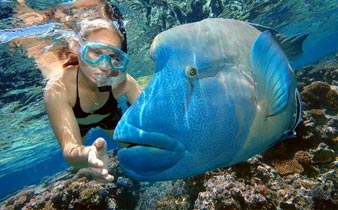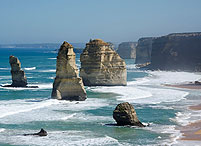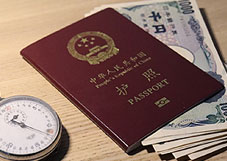NAATI Spanish Translator for Marriage Certificate Translation
Email us directly or upload your documents here for translation:Cairns

Cairns is a regional city in Far North Queensland, Australia, founded 1876. The city was named after William Wellington Cairns, then-current Governor of Queensland. It was formed to serve miners heading for the Hodgkinson River goldfield, but experienced a decline when an easier route was discovered from Port Douglas. It later developed into a railhead and major port for exporting sugar cane, gold and other metals, minerals and agricultural products from surrounding coastal areas and the Atherton Tableland region. Cairns is a popular travel destination for foreign tourists because of its tropical climate. It serves as a starting point for people wanting to visit the Great Barrier Reef and Far North Queensland.
Spanish Marriage Certificate Translation for Cairns
 Getting your marriage certified translated for official use in Cairns is easy. Our NAATI certified Spanish translators are ready to assist you and everything can be done online.
Getting your marriage certified translated for official use in Cairns is easy. Our NAATI certified Spanish translators are ready to assist you and everything can be done online.
- Leading provider for NAATI certified Spanish translation
- Fast Spanish translation with no extra charges
- Experienced NAATI certified translators based in Australia
Spanish NAATI Translators
Cairns Document Translation Services
 Get professional document translation for personal or business use. Our translators can handle any type of financial, technical or medical document, with the support of a specialised language DTP team for typesetting translations into design material such as brochures, product packaging and technical reports.
Get professional document translation for personal or business use. Our translators can handle any type of financial, technical or medical document, with the support of a specialised language DTP team for typesetting translations into design material such as brochures, product packaging and technical reports.
All documents received are confidential. Get in touch today for any translation requirement.


More about the Spanish Language
Spanish (español) is a Romance language named for its origins as the native tongue of a large proportion of the inhabitants of Spain. It is also named Castilian after the Spanish region of Castile where it originated.
The first documents regarded as precursors of modern Spanish are from the ninth century. The dialects reflected in those documents emerged from the ancestral Vulgar Latin (common Latin), which had been brought to Iberia by the Romans during the Second Punic War around 210 BC, absorbing influences from the native Iberian languages such as Celtiberian, Basque and other paleohispanic languages.
